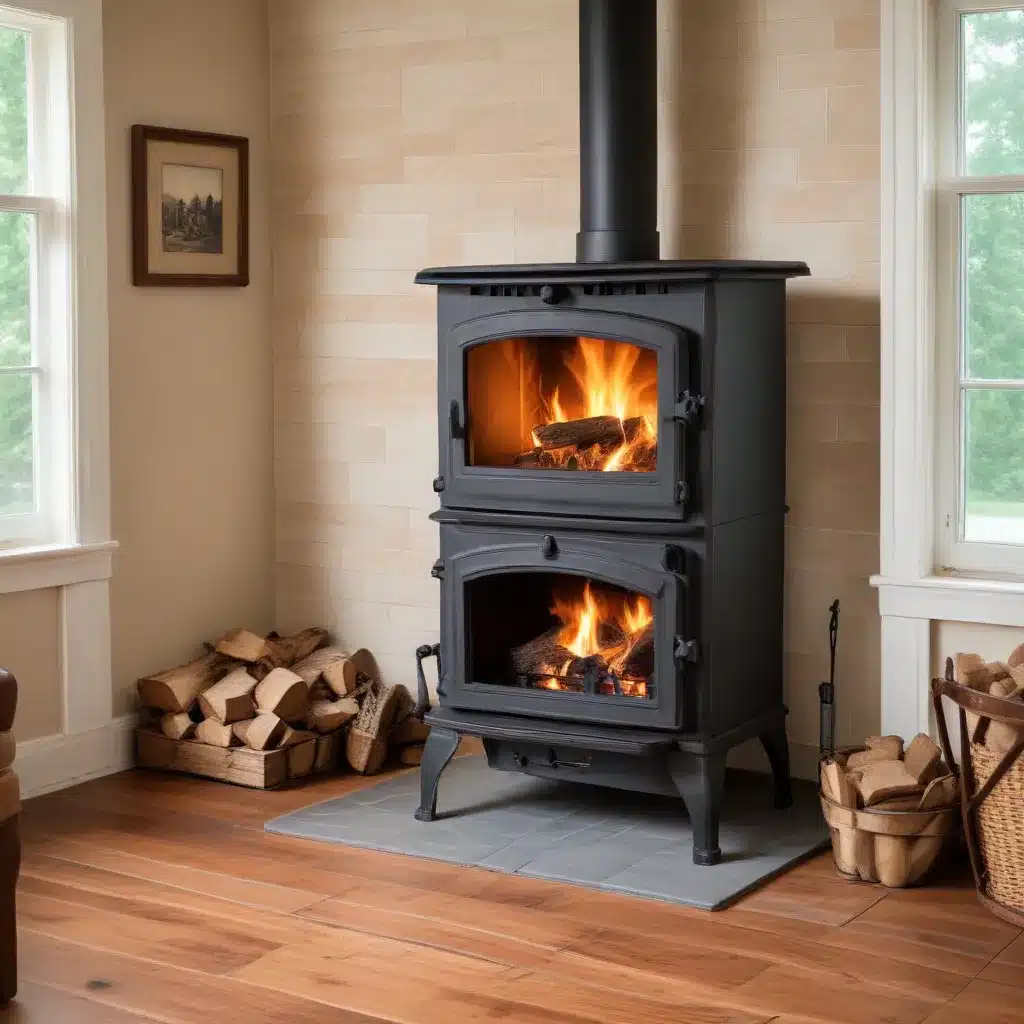
The Evolution of Heating and Cooling: From Ancient Practices to Modern Comforts
For centuries, people have found innovative ways to heat and cool their homes using the resources available to them. Before the invention of electricity and central heating, our ancestors relied on natural materials and local fuels to stay warm and comfortable. From the use of thick tapestries and heavy curtains to the strategic placement of fireplaces, these historical methods can provide valuable lessons for modern homeowners seeking more sustainable heating solutions.
Lessons from the Past: How Our Ancestors Stayed Warm
In the days before central heating, people had to be strategic about how they heated their homes. Rather than attempting to warm an entire dwelling, the focus was on selectively heating central living spaces. Families would gather around large, open wood fires in the evenings, using the heat and ambient glow to stay cozy. Curtains, tapestries, and even thick rugs helped to trap warmth inside rooms, preventing heat from escaping through drafty windows and doors.
These historical practices were not only effective but also remarkably eco-friendly. By relying on renewable wood fuel and minimizing energy usage, our ancestors maintained a sustainable relationship with their homes and the environment. As we grapple with the realities of climate change, there is much we can learn from these time-tested heating strategies.
The Rise of Modern Heating and Cooling
The 20th century brought about a revolution in home heating and cooling, with the introduction of electricity, natural gas, and eventually, more advanced technologies like heat pumps and geothermal systems. While these modern conveniences have undoubtedly improved our comfort and convenience, they have also come at a significant environmental cost.
Fossil fuel-powered heating and cooling systems contribute heavily to greenhouse gas emissions, further exacerbating the global climate crisis. Additionally, the production and installation of many energy-efficient technologies, such as insulation and double-glazed windows, have their own carbon footprints that must be considered.
Exploring Sustainable Heating Solutions for the Modern Home
As homeowners and designers, we are faced with the challenge of finding heating and cooling solutions that balance comfort, efficiency, and environmental responsibility. By revisiting the lessons of the past and embracing innovative, low-carbon technologies, we can create homes that are not only cozy and inviting but also mindful of our planet’s future.
The Enduring Allure of Wood Stoves
One of the most enduring heating solutions from the past is the wood stove. These robust, cast-iron appliances have been keeping homes warm for centuries, and they continue to be a popular choice for many homeowners today. Unlike open fireplaces, which can be highly inefficient and contribute to indoor air pollution, modern wood stoves are designed to burn wood cleanly and efficiently, with minimal emissions.
| Pros of Wood Stoves | Cons of Wood Stoves |
|---|---|
|
|
When installed and maintained correctly, wood stoves can be a highly efficient and sustainable heating option, especially in areas with ample access to sustainably harvested wood. However, it’s essential to consider the unique needs and constraints of your home and family when evaluating the suitability of a wood stove.
Embracing Renewable Heating Technologies
As we look to the future, innovative renewable heating technologies are emerging as viable alternatives to traditional fossil fuel-based systems. Heat pumps, for example, use electricity to transfer heat from the outside air or the ground, providing efficient and environmentally-friendly heating and cooling. Biomass boilers, which burn organic materials like wood pellets or agricultural waste, offer a carbon-neutral heating solution for homes off the natural gas grid.
These renewable heating systems not only reduce our carbon footprint but also have the potential to provide long-term cost savings for homeowners. However, the initial investment required can be a barrier, and the installation process may be more complex than traditional heating systems. Careful research and consultation with qualified professionals are essential to ensure that these technologies are properly integrated into historic or older homes.
Adapting Historic Homes for Sustainable Living
Many of us are fortunate to live in charming historic homes, but these structures can present unique challenges when it comes to energy efficiency and sustainable heating. The very features that give these homes their character, such as drafty windows, thick masonry walls, and limited insulation, can make them difficult to heat and cool effectively.
Striking a balance between preserving the architectural integrity of a historic home and implementing sustainable upgrades requires a thoughtful, nuanced approach. Strategies like adding high-performance storm windows, using breathable insulation materials, and upgrading to energy-efficient appliances can help historic homeowners reduce their energy consumption without compromising the character of their beloved abode.
Conclusion: Embracing the Past to Build a Sustainable Future
As we strive to create more environmentally-conscious homes, the lessons of the past can serve as a valuable guide. By understanding how our ancestors managed to stay warm and comfortable without relying on fossil fuels, we can rediscover time-tested techniques and apply them to modern living.
Whether it’s the cozy glow of a wood stove, the insulating power of heavy curtains, or the strategic placement of heating sources, the sustainable practices of the past offer a blueprint for a future in which our homes can be both comfortable and kind to the planet. By blending historical wisdom with cutting-edge technology, we can cultivate a new era of energy-efficient, low-carbon living that honors the rich heritage of our homes while safeguarding the environment for generations to come.
To learn more about sustainable heating options and wood stove maintenance, be sure to explore the resources on our website. Our team of experts is dedicated to providing practical, in-depth guidance to help you create a warm, cozy, and environmentally-friendly home.


